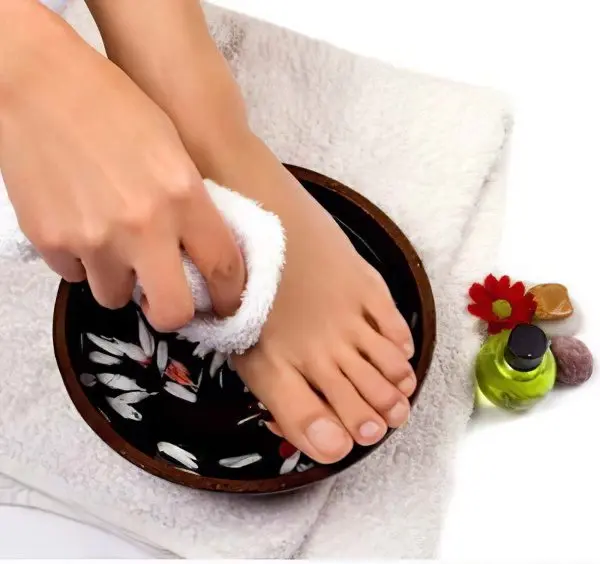What are cracked heels?

Cracked heels are a common and extremely unpleasant problem that causes not only aesthetic inconvenience (the inability to wear open shoes in summer), but also severe pain.
Cracks appear gradually. At first they look like notches – thin and barely noticeable. But over time, the cracks thicken, become deep, and can become inflamed, causing pain when walking.
Causes of cracked heels
Healthy skin on the heels should be elastic, soft and thick, because it bears the bulk of the body’s weight during walking. But if the properties of the skin change, cracks may appear. This dermatitis (skin disease) is often the result of wearing tight or uncomfortable shoes and walking for a long time. If a person spends all day on his feet, they swell, their blood supply is disturbed and, as a result, the skin condition of the heels suffers. A lack of vitamins or their overabundance can also negatively affect the appearance of the heels. Cracks in the heels can appear due to impaired metabolism.
Sometimes the causes of cracked heels are fungal diseases of the foot, diabetes, gastritis, or poor foot hygiene. However, overly careful and active care is not beneficial either. For example, frequent peeling does not allow the skin to recover, it becomes thin and vulnerable, as a result of which cracks appear on it.
Cracks in the heels are dangerous primarily because they are very susceptible to the influence of harmful microorganisms that can cause inflammation and lead to many unpleasant consequences.
Treatment of cracked heels

Before starting the treatment of cracked heels, it is necessary to find out their cause. If the dermatitis was caused by a fungus or other microorganisms, the treatment must be specialized, in which case even the most thorough heel care will not give any noticeable results. Foot fungus is treated with special sprays, ointments and antibiotics.
If the cracks were caused by improper care or wearing bad shoes, you should try to change the conditions that led to the disease.
In salons, the treatment of cracked heels consists in careful processing of the skin. Excess layers are removed, and the edges of the cracks are processed in a special way using special tools.
In addition, at home, it is necessary to actively care for the heels, do contrast baths. You should prepare two basins with cold and hot water, alternately lowering your legs into it. You can keep your feet in cold water for no more than 15 seconds, and in hot water – no more than three minutes. The procedure itself takes about 10 minutes and has a positive effect on the skin, toning it and stimulating blood circulation.
For topical application, healing ointments are well suited. Vaseline-based ointments or pure petroleum jelly can be used to soften and moisturize the skin. Antibiotic ointments help prevent crack infections and fight fungus if the person has one. It is also worth paying attention to fortified creams with propolis, which promote the fastest healing of cracks.
To prevent cracked heels, you should also take baths and moisturize the skin with warm olive oil, massage, use a fat cream and ointments with petroleum jelly.
But in case of inflammation of the cracks, their redness or decay, it is imperative to consult a doctor who will prescribe a special antibacterial treatment.









